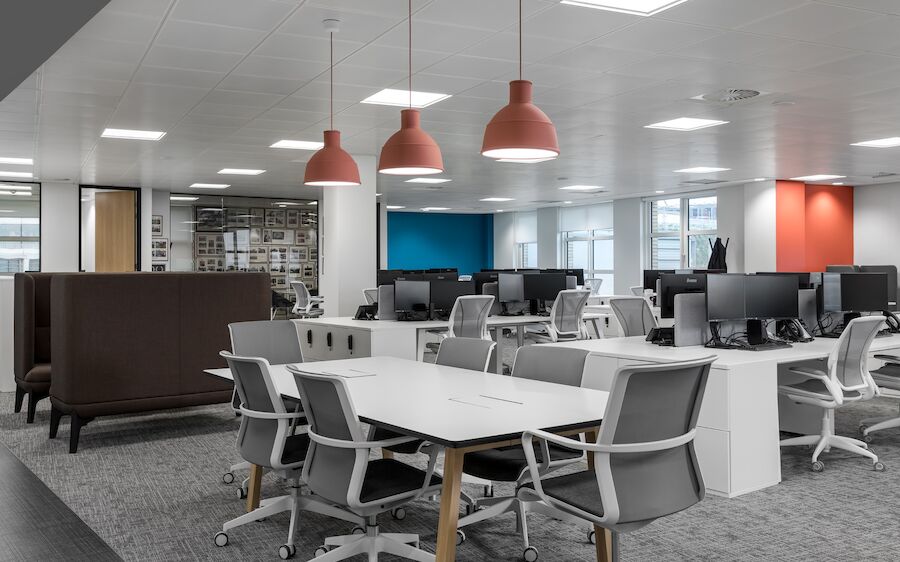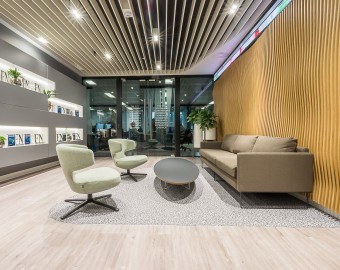How is hybrid working changing corporate strategy?
With a survey conducted by Gartner in January 2023 revealing that around 80% of employers are already utilising some form of hybrid working, organisations are now facing some big decisions as to their future strategy. Working from multiple locations has now become the norm and, given this, the importance of understanding what employers and employees need to support hybrid working has never been greater.

Evaluating how we can develop hybrid working
Flexible working was largely borne of necessity, but as it has become more mainstream and outlasted the pandemic, it’s crucial to remember that hybrid working itself should develop and evolve to fit our requirements. Indeed, we should actively be evaluating systems and processes to ensure they are delivering maximum efficiency, productivity and job satisfaction.
We could argue that hybrid working appears to be focusing attention on what the office is best used for – not just as a place you have to turn up to. It might be a place where meaningful interaction and creative thinking take place or it might just be an alternative location in which to concentrate. It seems that variety is the spice of life, and being in the office serves many purposes. This individuality needs to be successfully managed within planned business and departmental structures but it is clearly imperative that management and staff are all on the same page as most of us prefer at least some choice-based hybrid working.
Implementing change based on your workplace strategy
Understanding your workplace strategy is key to ensuring success. Having a clear appreciation of your business and staff requirements with respect to your office facility is something that needs careful research and planning. Once the strategy is confirmed, everything can be put in place to support it and the change can be implemented and managed as your business develops further.
Your workplace strategy will confirm how much space you need and what you want in that space to support your business and staff, and it will also help you to plan your office space for the future. It might even confirm whether you need to offer free fruit and snacks to entice people back to the office!
Summary
For Carol Chinn, Design Partner at The Workspace Consultants, working with clients on their workspace strategy is essential if the optimum outcome is to be achieved. ‘While we have been talking about the utopian ‘Hybrid Working’ for the last 30 years, it has not however been something most of us have had access to until recently,’ says Carol. ‘Desk sharing is now the norm and most people expect to be in the office a maximum of 40% of the week. That clearly means that fewer desks are needed in the office. However, high-density traditional office space was generally planned at 75-90 sqft per person, and we are now allocating space per workpoint instead of per person and collaborative hybrid space will sit somewhere between 120-160 sqft per workpoint. Our skill as workspace strategists and office designers is to tease out how the organisation wants to work and to translate that into an overall space that delivers exactly what they are looking for.’
Get in touch
The Workspace Consultants specialise in office design in Cambridge, London and Manchester, so why not call us on 01223 656111 or complete our enquiry form to arrange a consultation?




